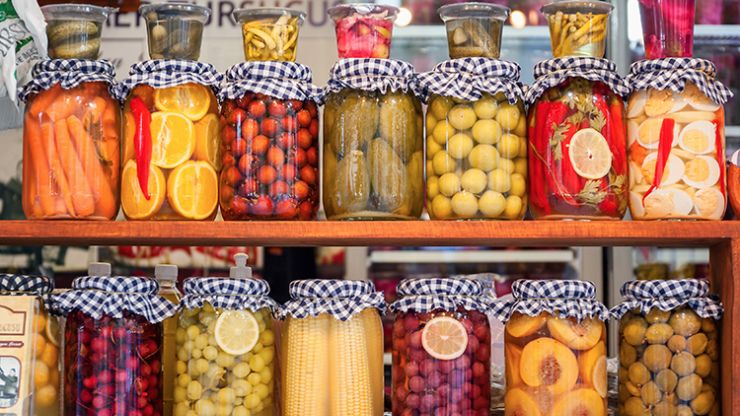While reading this post it occurred to me that the compounds in almost every color of fruit or vegetable is shown to prevent cancer. Could it then be true that if folks just replaced the processed foods in their diets with fresh fruits and vegetables of all colors, they would be one step closer to preventing cancer for themselves? Something to ponder.
A nutritionist once told me I should “eat the rainbow,” meaning I should include a fruit or vegetable from each different color in my diet every single day. That may seem like a tall order, but there are good reasons why the color of a vegetable or fruit is an important indicator of the nutrients inside. By creating “fermented salads” or colorful ferments containing multiple colored vegetables, you’re ensuring that your diet is varied nutritionally, and you’ll get the extra health benefits of fermentation on top of the health benefits of each color of produce.
Pro tip: Remember there’s no need to limit yourself to vegetables either. Adding a stray apple slice or a few pitted cherries is a surefire way to balance out the tang in your ferment with a little sweetness while increasing color variation at the same time!
In recent years, colorful ferments have gained significant popularity as a delightful and nutritious addition to our diets. These vibrant, tangy, and visually appealing foods provide not only a feast for the eyes but also a wealth of health benefits. In this article, we will delve into the world of colorful ferments and uncover the numerous advantages they offer to our well-being.
Table of Contents
ToggleThe Health Benefits of Colorful Ferments
Colorful ferments encompass a wide range of foods, including sauerkraut, kimchi, pickles, and more. What sets them apart is their vibrant, eye-catching colors, which are a result of the diverse ingredients used, such as red cabbage, beets, carrots, and various spices.
Red

Red fruits and vegetables often contain anthocyanins, which are powerful antioxidants that help defend against free radical damage in the body (think anti-cancer food medicine). Tomatoes, watermelon, and grapefruit are also high in lycopene, which is another compound thought to fight cancer in the body. Most red produce also tends to be high in vitamins A and C, helping you get your daily dose of essential nutrients as well.
Great examples of red foods to include in your ferments include red peppers, tomatoes, radishes, cranberries, apples, rhubarb, and beets.
Yellow/Orange
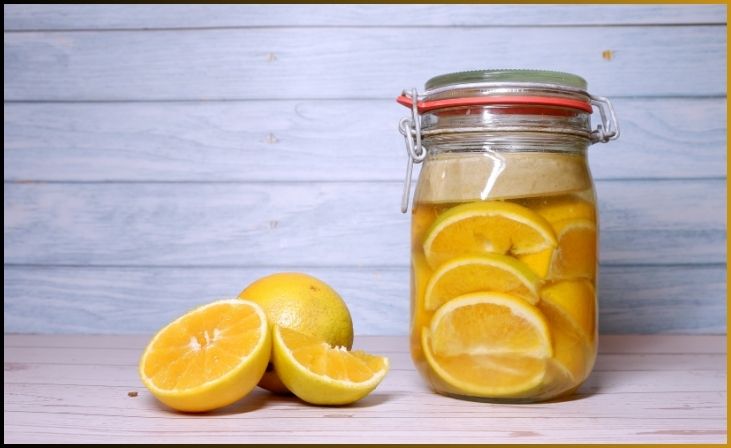
Yellow and orange fruits and vegetables get their color from carotenoids, which are known to help improve immune function and help with heart and vision problems. One well-known carotenoid is Beta-carotene, a biological precursor to vitamin A. They also tend to be rich in vitamin C, a powerful antioxidant and anti-inflammatory compound.
Nutrient-rich examples of orange foods to include in your ferments include carrots, orange and yellow peppers, pumpkin, butternut squash, yellow summer squash, and corn.
Don't just scroll, subscribe!
BuzzTrail's unique web-stories are the cure for boredom you've been waiting for.
Green
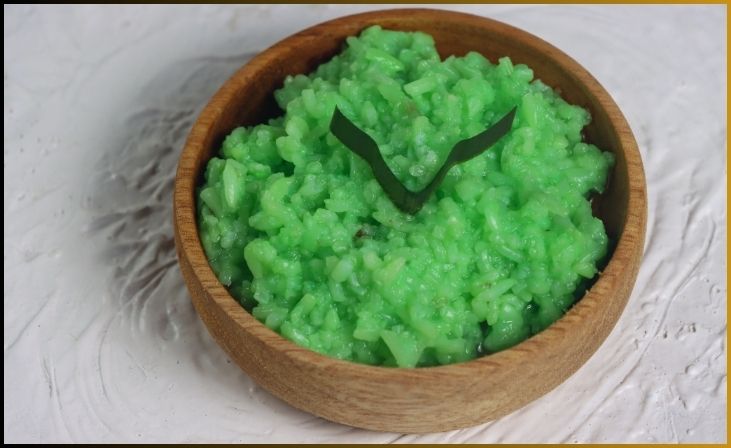
Green produce gets its color from chlorophyll that the plants use to metabolize sunlight into energy. Many green fruits and vegetables contain insoles, or cancer-fighting compounds, as well as lutein, which helps with vision problems. Dark leafy greens are also well-known sources of vitamins A, C, and K and folate (all especially important for pregnant or nursing mothers).
Green fruits and vegetables are everywhere, but good examples to include in your ferments include Kale, green grapes, broccoli, asparagus, brussel sprouts, cabbage, leeks, and peas.
Quick Link: Tips for Preventing Mold in your Ferments
Blue/Purple
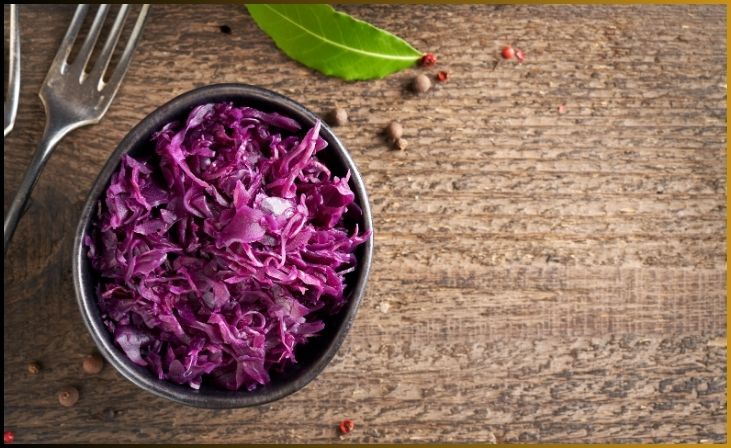
Blue and purple fruits and vegetables tend to be rich in antioxidant phytonutrient compounds that fight cancer, support memory function, and help maintain urinary tract health. Anthocyanin in blueberries has been shown to protect against cancer and heart disease, while eggplant anthocyanin reduced the presence of precancerous cells in laboratory tests.
Purple and blue fruits and vegetables are a little less common but easy to include if you know where to look. Try these: purple cabbage, eggplant, purple carrots, purple peppers, blueberries, black currants, and elderberries.
White
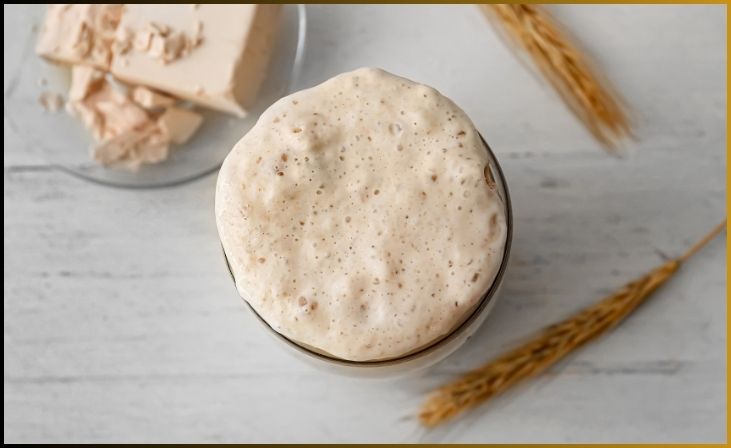
White foods take their white color from polyphenol compounds called anthoxanthins, which have antioxidant properties and protect against heart disease and cancer. White foods in particular have also been shown to reduce your risk of stroke.
White fruits and vegetables for your ferments include garlic, onions, cauliflower, Jerusalem artichokes, kohlrabi, parsnips and turnips.
Final Words
In a world where culinary adventures meet nutritional excellence, colorful ferments stand out as a remarkable intersection. Their vibrant hues and diverse flavors make them an enticing addition to your plate, while their numerous health benefits make them a valuable choice for those seeking wellness through food. From bolstering your gut health to infusing your diet with essential vitamins and minerals, colorful ferments offer a kaleidoscope of benefits.
As you embark on your journey of incorporating these ferments into your diet, remember to explore the endless possibilities they offer. Whether it’s the fiery kick of kimchi, the tangy crunch of sauerkraut, or the earthy richness of pickled beets, there’s a colorful ferment to suit every palate. So, embrace the world of natural preservation and taste the rainbow of health benefits that colorful ferments have to offer.
FAQs
1. What exactly are colorful ferments?
1. What exactly are colorful ferments?
Colorful ferments refer to a wide variety of naturally fermented foods that include an array of colorful vegetables and fruits. These foods undergo the fermentation process, resulting in not only delightful flavors but also vibrant colors, such as those found in kimchi, sauerkraut, and pickled beets.
2. What makes colorful ferments healthy for us?
2. What makes colorful ferments healthy for us?
The captivating colors in these ferments are indicative of the presence of phytonutrients and antioxidants. These compounds have numerous health benefits, including supporting gut health, enhancing the immune system, and providing essential vitamins and minerals.
3. How can I incorporate colorful ferments into my diet?
3. How can I incorporate colorful ferments into my diet?
Colorful ferments can be enjoyed as side dishes, toppings, or condiments. Add a spoonful to your salads, sandwiches, or as a side to your main course. They can elevate the flavors of various dishes while imparting their health benefits.
4. Are there specific recipes for making colorful ferments at home?
4. Are there specific recipes for making colorful ferments at home?
Yes, there are many recipes available for making colorful ferments at home. You can find recipes for kimchi, sauerkraut, pickled beets, and more online or in cookbooks. Making your own ferments allows you to customize flavors to your liking and control the ingredients for maximum health benefits.

